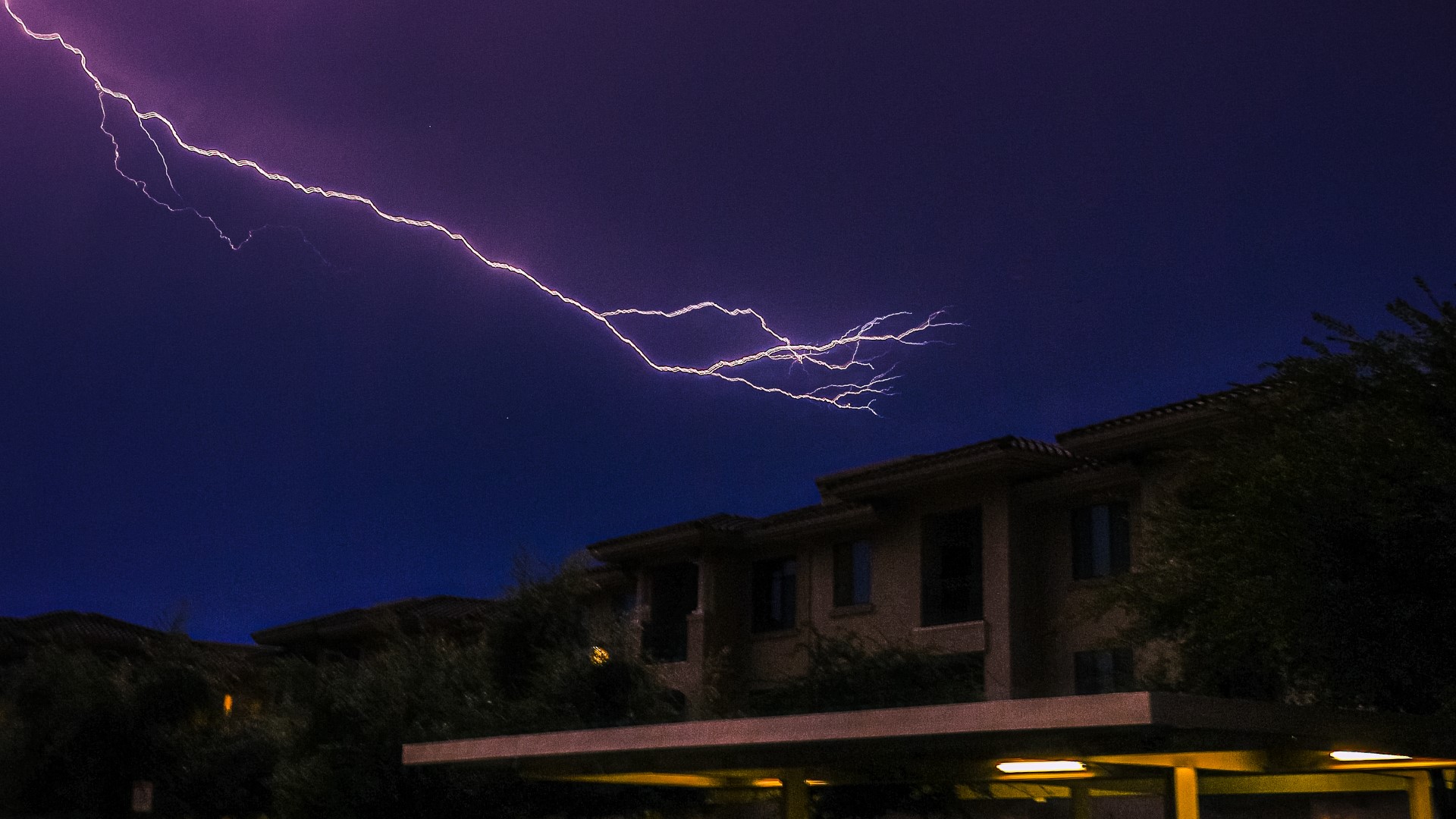PHOENIX — If you have spent any extended time in the Grand Canyon State, chances are you’ve experienced a monsoon storm. From the towering dust storms to the dazzling displays of lightning, these storms produce some breathtaking scenes with the desert as it's backdrop.
But what if you want to digitally capture one of these electrifying displays on camera? We talked to a Valley photographer about some tips for taking great lightning and weather photos.
Erik Feeley is an Arizona resident and has been a professional photographer since 2018. He has shot everything from portrait to landscape photography and offers these suggestions for taking great lightning and storm photos.
Keep it steady
There is nothing worse than capturing a beautiful landscape photo only to realize it was ruined by motion blur. To keep your camera as steady as possible, don’t forget a tripod. Feeley said the tripod eliminates any shakes and allows you to take photos remotely if needed.
"You working in darkness most of the time, so any movement is going to make your photo grainy," he said.
Slow it down
According to NASA.gov, the light generated from a lightning strike travels at a constant 186,000/second. And because of that incredible speed, Feeley said a slow shutter speed can help improve the results of your photos. For lightning, shutter speeds between two to three seconds are ideal.
Remember, safety first
When out shooting photos during a thunderstorm, Feeley reiterated the number one tip is to remember to be safe. Both for you and your camera. Feeley said when he goes out in storms, he shoots from his car, either through the windshield or the sunscreen. And if his camera is out in the elements, he said to make sure your camera is covered in plastic or some other waterproof material.
Use a remote
For safety and to stay dry, Feeley recommended using a remote trigger to take photos during a storm. This allows you to be in a safe location while you're camera is in the elements.
Fix it in post
Once you have the photos taken, you can improve your photos even more using photo-editing software. These programs allow photographers to edit the photo by adjusting settings like exposure, contrast, hue, and saturation, said Feeley.
"Sometimes the image you think wasn't very good, ends up being the best one," Feeley said. "Change the clarity, change the exposure and you could end up with a great photo."

